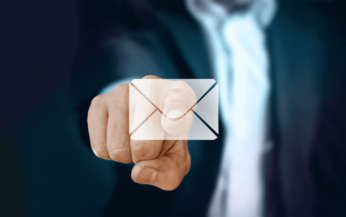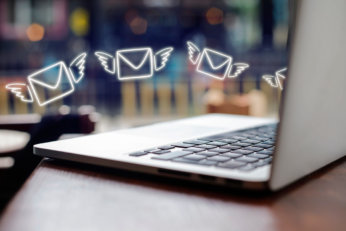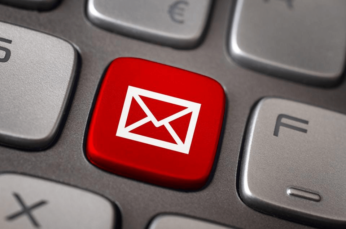The current musical landscape consists of a melting pot of artists, all bidding for the attention of audiences with 12-second attention spans. While social media is great when it comes to building an engaging brand story and identity, artists like you need to take their marketing efforts one step further.
That’s where email marketing comes in. Email is the tried-and-tested medium that can turn someone who stumbled upon your music into a long-term fan.
Why is email marketing beneficial to musicians?
Email is the internet’s currency. Anyone who’s online has an email address.
90% of emails get delivered straight to your intended recipient’s inbox. Conversely, only 2% of your Facebook audience see your posts. If you’ve got 1000 followers on Facebook, only 20 of them will see your post. If you have 1000 people on your mailing list, 900 individuals will receive your email in their inbox. That’s quite a difference!
Email is also one of the most powerful conversion channels out there. The average click-through rate of any given email is approximately 3%, compared to Instagram’s 0.22%. This makes a big difference when talking about overall revenue, merch sold and gig tickets purchased.
It’s also important to consider the fact that many people use social media to communicate with loved ones and to pass the time. On the other hand, email is a more professional communication medium. In fact, 49% of consumers prefer receiving marketing messages via email.
Then there’s also the indisputable fact that email is one of the most stable communication channels on the net. The first email campaign was sent in 1978 to 400 people. Marketers haven’t looked back ever since. By 2013, 53% of marketers agreed that email is the most effective communication channel. In 2020, around 306 billion e-mails were sent and received every day globally. This figure is set to increase to over 376 billion daily e-mails in 2025. Social media platforms come and go – but email has stayed and conquered.
Read more: How, why every artist should use email marketing in 2021









